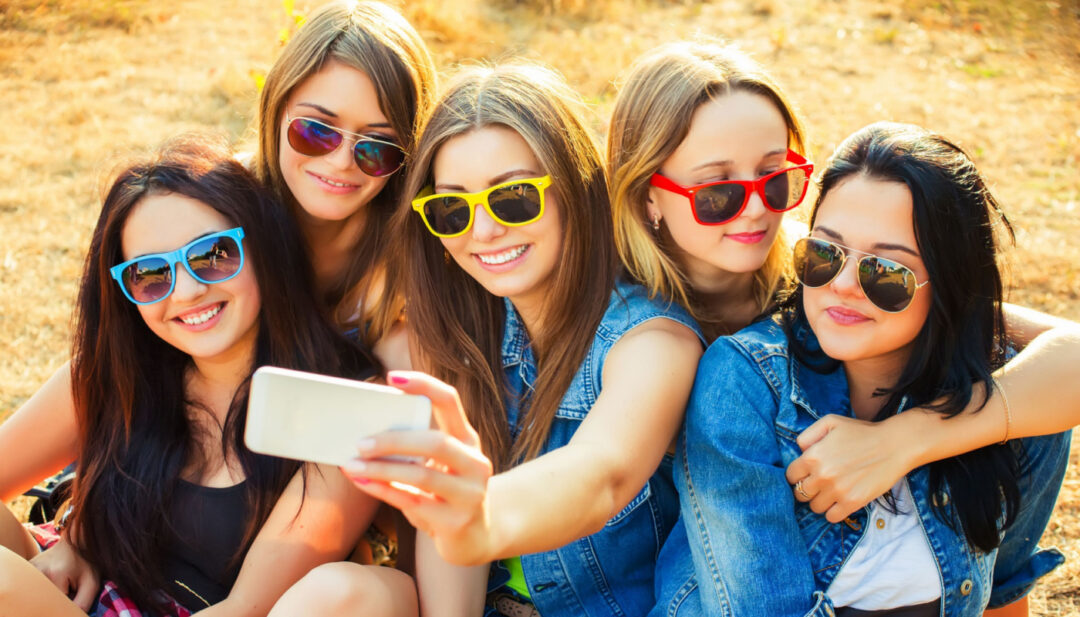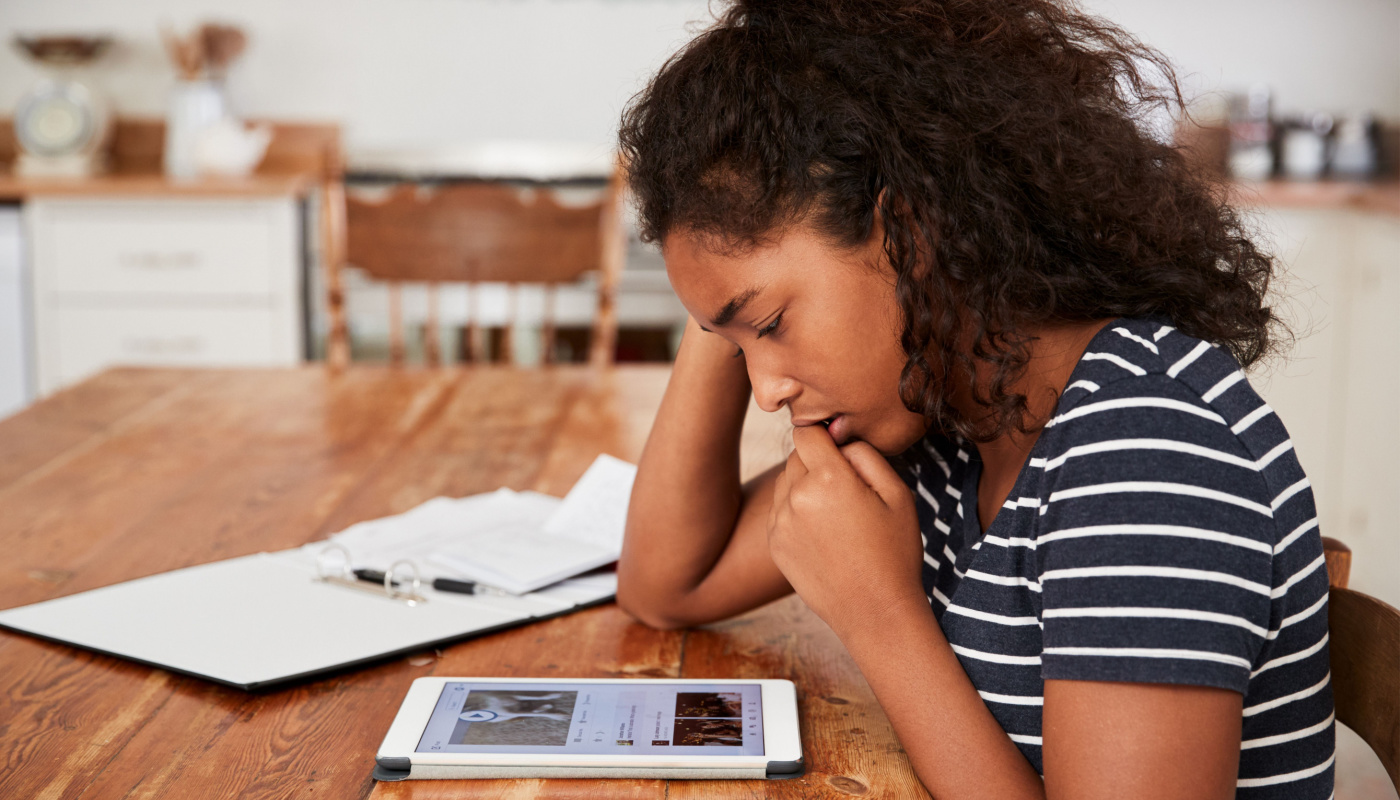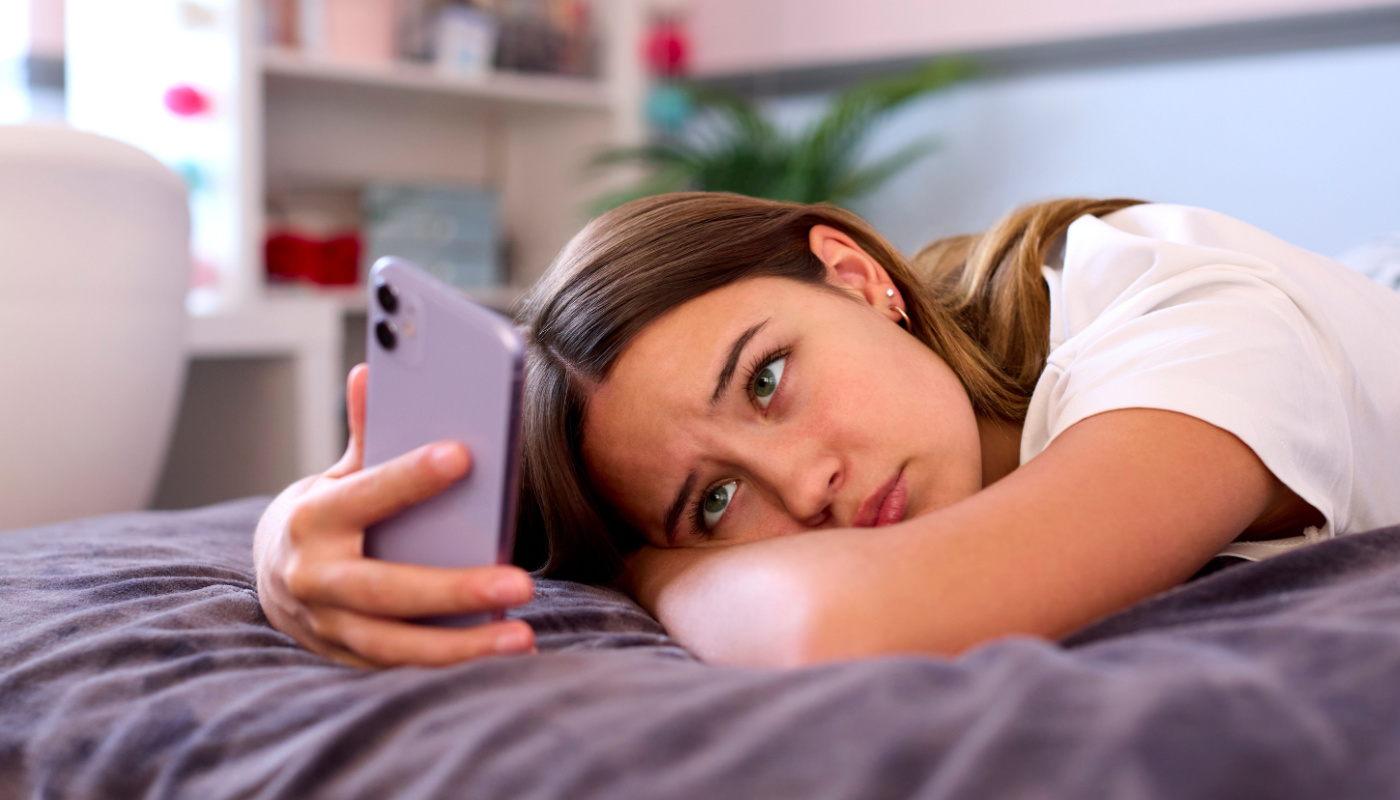
Growing up in this decade is different from any time before. Even teachers who grew up in the internet era didn’t face as much peer pressure about social media and body image.
Today’s middle and high school students follow countless influencers on Instagram, TikTok, YouTube and other channels. The drive to emulate these personalities is incredibly high — and the pressure to look like them is even higher.
As an educator, it can be heartbreaking to see your students engaging in harmful behaviors because of social media. Regardless of which grades and subjects you teach, you can still create a safe environment and promote positive body images in your classroom. Use this guide to broach the subject with your students and to understand what today’s kids are going through.
Social Media Has a Big Impact on Body Image
The first step is to understand exactly how much social media impacts the lives of teens. The middle and high school years are already filled with hormones and insecurities, and social media can heighten teen emotions. This is particularly true in regard to body image. According to a survey of British youth ages 13 to 19 by the Mental Health Foundation, 31 percent of teenagers feel ashamed about their body image and 40 percent say images on social media make them worry about their bodies.
In another study, Gary Goldfield, a clinical psychologist and senior scientist at the Children’s Hospital of Eastern Ontario Research Institute in Canada, asked 220 undergraduate students ages 17 to 25 to reduce their social media use. Goldfield found that students who were on social media for less time experienced an improvement in how they felt about their overall appearance, including weight — after just a few weeks.
“Reducing social media use is a feasible method of producing a short-term positive effect on body image among a vulnerable population of users and should be evaluated as a potential component in the treatment of body-image-related disturbances,” says Goldfield.
It’s not just that students see slim, attractive people online and feel bad about themselves. There’s also the issue that teens see highly edited photos that create unrealistic beauty standards. This also causes them to edit their own photos before posting them — creating a cycle of toxicity.
According to research by YPulse, 45 percent of teens and women ages 13-39 always edit their photos before posting them on social media. Half use filters before posting photos of themselves. Not only do teens struggle to keep up with edited images of models and influencers, but they also can’t meet the physical standards created by the edited versions of themselves.

Why Online Body Image Talks Should Be Part of Your Classroom
It might seem unconventional to have a discussion about body image in a calculus classroom or to take a break from American history to talk about social media, but online influencers and edited photos are such a big part of your students’ lives that some students might not be able to focus in school because of their body image anxiety.
Middle school and high school are ideal times for teachers and parents to talk to students about social media use and body image. Emily Weinstein and Carrie James, principal investigators at Harvard Project Zero, which explores youth and technology, highlight how age 19 can be a particularly sensitive time for young people. The researchers credit this time to being a period of change for many students who are leaving high school and entering college, starting careers or developing other plans.
It can be hard to see peers seemingly thriving with new friends at college if you are struggling to fit in or keep up with coursework. Social media, in most cases, only shows the good times, not the struggles that most people face.
By helping students understand the dissonance between social media and the real world while they are still in school, you can prepare them to approach online photos and videos with awareness and skepticism as high school students and after they graduate.
Body image discussions, in particular, are important for generations who have grown up with photo filters. Even Snapchat filters have been around for nearly a decade now. Younger learners who have grown up looking at filtered photos can start to believe that is the normal standard of beauty.
“I definitely see a new theme to body dysmorphic concerns,” says board-certified psychiatrist Josie Howard. “People begin to expect themselves to look like their filtered self and can become obsessed with achieving that in the real world, which leaves them depressed, anxious, lonely, and disappointed.”

Teaching Self-Love and Body Positivity Isn’t Always Attainable
While every teacher wants to support their students and help them feel confident, you might not have the time and resources to build up the body images of each pupil you encounter. The experts at TeensHealth admit that it’s not always possible to love your body, but the right mental headspace can at least make you like it.
As a teacher, this is a reasonable goal. You can help your students appreciate the bodies they live in — which is a stepping stone toward accepting, liking and eventually loving them. A few pieces of advice they give include:
- Focus on the positive aspects of your looks. Instead of banning talk about physical appearance, ask students to share what they like about themselves.
- Highlight what the body can do. Our bodies were made to reach, push, twist, jump, and stretch. Highlight accomplishments that occur because of the human body.
- Observe the body. Be aware of how the body feels throughout the day, from how good a stretch feels to how nice it is to walk around after sitting for a long period of time.
It’s not always easy to take a positive approach to our bodies, but you can create a classroom that uses these elements to promote body positivity. Plus, remember that you lead by example. Your view of your own body can influence others.
There is language you can adopt if students can’t love their bodies. The Windsor-Essex County Health Unit uses the term “body neutrality,” which means “to neither love nor hate your body.” Instead, the person inhabiting the body respects how it is at that moment.
Body neutrality is one of the healthier approaches to viewing oneself because you neither gain self-hate nor self-worth from viewing it. If your body changes in the future, you won’t lose the self-worth you had. Unfortunately, this is also one of the more difficult viewpoints to adopt. In such a body-centric society, it is extremely hard to feel neutral about your body, regardless of what it looks like.

Prepare Discussions and Activities for Your Classroom
There are many ways to have discussions about body image and social media in your classroom. To start, the team at A Mighty Girl shares advice for parents on talking about body image that you can apply when speaking with students.
For example, you can talk about the influence of traditional media on body image. For millennial teachers, think about how Kim Possible has an unnaturally thin waist. Look back at the shows and movies you watched growing up and consider how a single pimple could be a life-ruining event. You can even bring up promotional photos of kids’ cartoons and show how bodies are often drawn in a way that reinforces toxic beauty standards. This is a good way to introduce the concept of media influence on body image before diving deeper.
Another discussion you can have with your students covers the differences between looking in the mirror and posing for photos or taking selfies. Nermin Grahovic at Pixobo explains why people tend to look better in the mirror: The camera lens can affect how you look, along with your posing and lighting. You can also create an activity within your classroom where students compare themselves in the mirror to various types of photos.
Mike Dave Ayeni at Teaching Expertise outlines 20 activities you can use in your classroom to talk about social media and body image. One is hosting a round table where your students can discuss their relationship with a variety of topics, including photo filters, social media, modern beauty standards, food, and any other topic related to body image.
It’s okay to lighten this discussion. Not every body image conversation needs to be emotional and intense. You can touch on beauty standards throughout history and how they were often more harmful than helpful. In an article for Listverse, Chloe Greenfield explains how ancient Romans used the sweat from gladiators as face moisturizer while women in the Victorian era sought out the “tuberculosis look,” which meant they were very pale with bright red lips.
Additional Resources for Educators
There are several non-profits, organizations, websites and companies online that can help you lead body image discussions and conversations about social media with your students. Here are a few:
- WithAll is an organization that supports eating disorder prevention and recovery. The organization has a page dedicated to teachers and how you can create a classroom free of diet and weight talk. Their advice covers topics like how to direct students away from talking about weight and what to do if you suspect that a student has an eating disorder.
- The Body Positive is a “healing community that offers freedom from suffocating societal messages that keep people in a perpetual struggle with their bodies.” Classroom curriculum and facilitator training is offered for middle school, high school and college programs.
- Dove (the body wash) also created a Confident Me curriculum for students ages 11 to 14. There are evidence-based workshops that guide students to discuss how the media influences self-esteem.
If you aren’t sure how to talk about body image and self-esteem with your students, seek advice from the school counselor or professional resources. It’s okay to not be an expert or feel fully comfortable with these discussions just yet. In fact, seeking help is a particularly good idea when talking about body perception and societal viewpoints. With the wrong message, you could make your students feel worse.
“I don’t know if there’s very many other areas where you can kind of cause the problem you’re trying to prevent,” says Zali Yager, cofounder and executive director of The Embrace Collective, a body image research and advocacy organization. “With body image, we find that teaching the wrong sort of content causes people to think they should lose weight, and can trigger dieting and eating disorders.”
Many students will overcome the pressure to post filtered images and keep up with impossible beauty trends, but it can be hard to watch your students struggle at such sensitive ages. Consider working with other teachers in your school to talk about body image and social media. The path to healing starts with open conversations.
Images used under license from Shutterstock.com.

